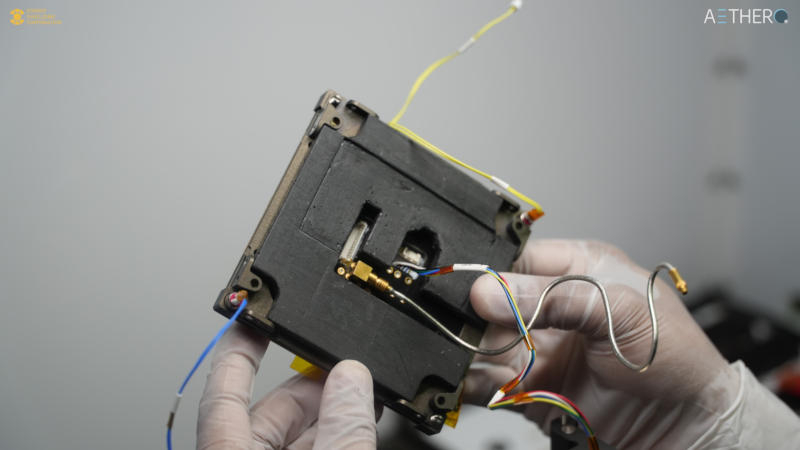As part of tomorrow’s SpaceX Transporter 11 mission, a cubesat (small satellite) will be launched into orbit with the Nvidia Jetson Orin NX platform, designed to launch artificial intelligence systems. The initiators of the project want to test a new material designed to protect electronics in space.

Image source: CSC/Aethero
AI on Earth is a major technology trend today, but its deployment in orbit is much slower, where satellites are harshly exposed to ionized particles and cosmic radiation, threatening electronic components. For a computer to survive in space, it needs protection—a case made of durable materials designed to withstand high doses of radiation. It takes years to make a space-ready computer, so satellite manufacturers have to make do with outdated processors.
The Georgia-based Cosmic Shielding Corporation (CSC), founded by Sweden’s Chalmers University of Technology, has come up with a solution to this problem. The company has developed a shielding nanocomposite metamaterial – a polymer with nanoparticles, the exact composition of which is a trade secret. This material, its creators are sure, is capable of stopping charged particles. CSC has already tested the material in particle accelerators on Earth and in an eight-month experiment on the ISS.
Now the project has moved to a new level: a full-fledged protected computer with AI will appear in orbit. It will be on board a cubesat created by Aethero, a San Francisco-based company that specializes in producing high-performance space-grade computers. The platform’s only task during its four-month mission will be to perform mathematical calculations, the results of which will be transmitted to Earth and subjected to verification.
Such systems will be in demand, CSC is confident. Satellite manufacturers and Earth observation service providers will need them – they will appreciate the ability to analyze and process images directly on board the satellites. AI in space will help support a range of new missions that require advanced image analysis and visual navigation – in-orbit systems maintenance, space debris removal and evasion maneuvers. Computers with new generation screens will be able to work longer in space, and with longer missions, their costs will also decrease. The same material could be used in spacesuits, future space stations and lunar habitations.